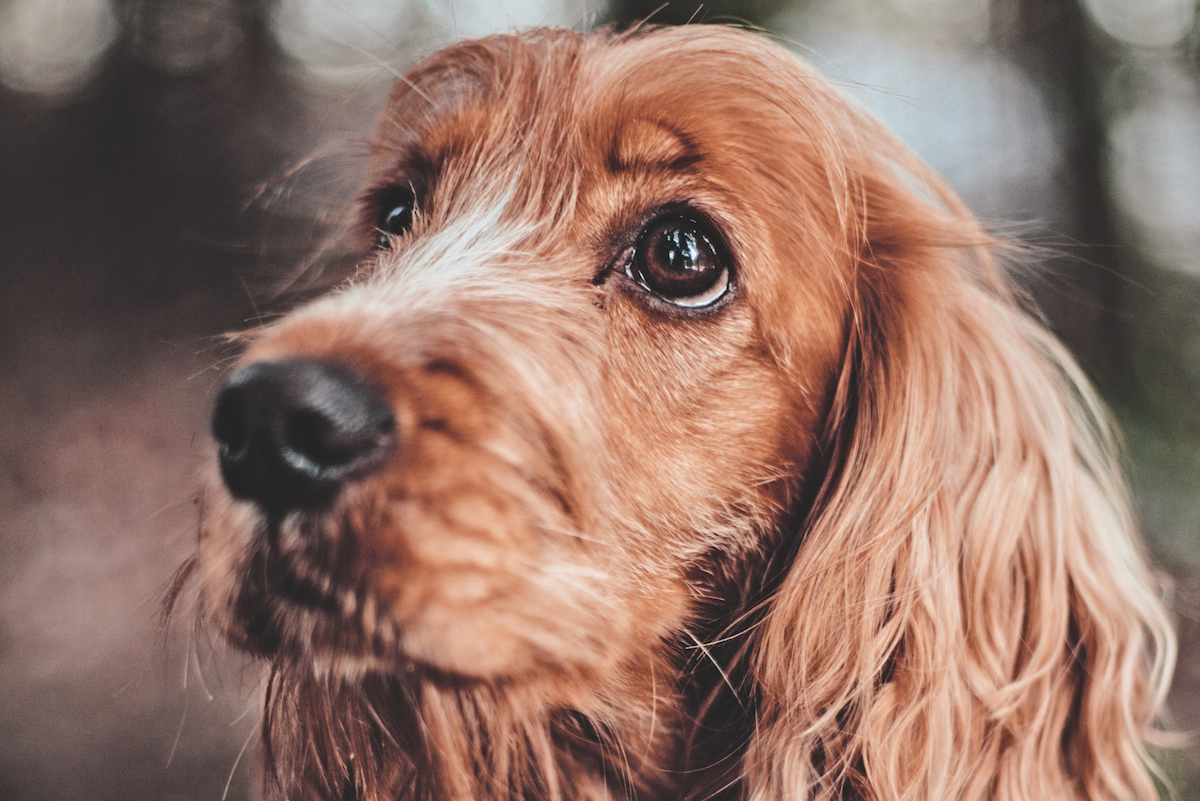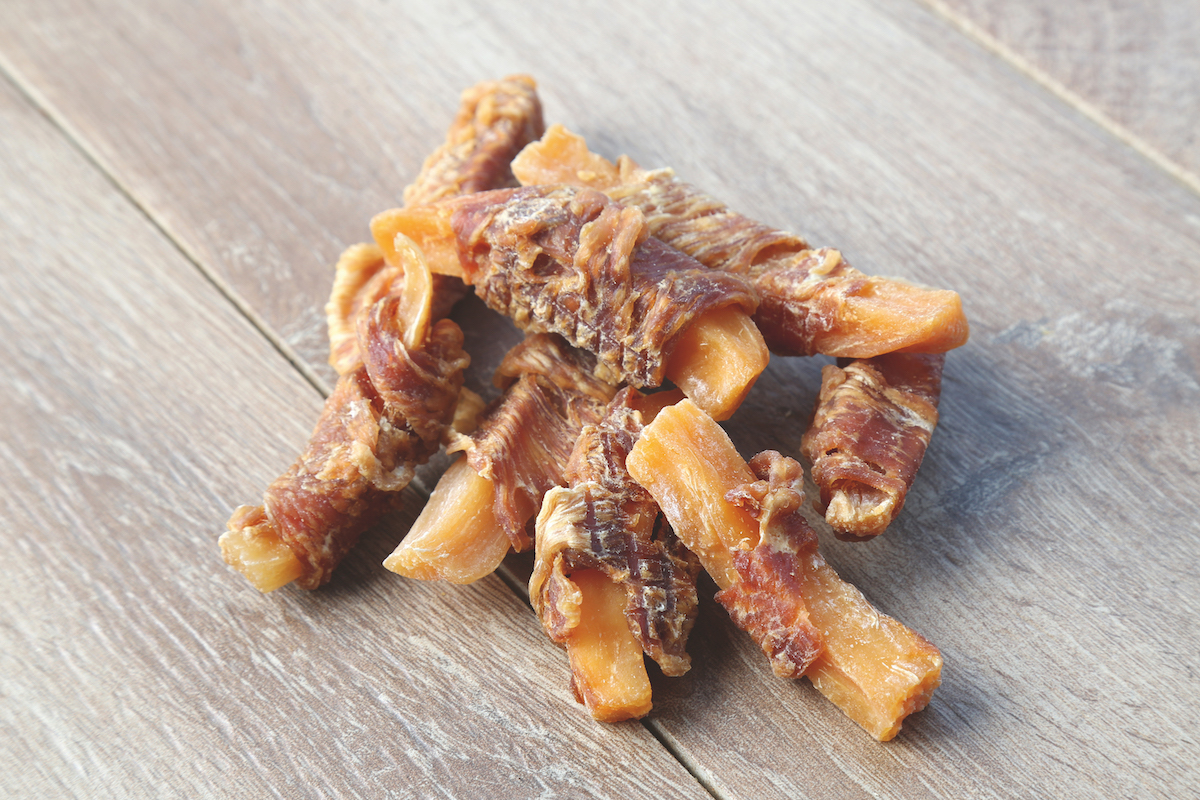Puppy health advice: Elbows and X-Rays

I remember being told that heavy, show-bred labradors could suffer from elbow problems but I didn’t think it was an issue in working dogs.
Jeremy Hunt says: Breeders of show labradors have instigated a system of X-raying their dogs to help identify potential problems with elbow joints. This is mainly to try to spot the condition known as osteo-chondritis (OCD) which affects the elbow – sometimes both or sometimes only one – and creates lameness. This problem occurs across both show and working-bred labradors, and any dog or bitch used for breeding should have their elbows X-rayed. The perfect score for elbows is 0.0 and the most severe is 3.3. It’s preferred that only stock with a 0.0 score is used for breeding.
As in all health testing, there’s no guarantee that the problem won’t arise even in the progeny of parents that have achieved 0.0 elbow scores – but at least it’s better than breeding from non X-rayed labradors that could be harbouring unseen problems, because a dog or bitch may show no outward sign of lameness whatsoever and yet still have a high elbow score.
There is continuous debate over how much OCD is influenced by rearing and early-life nutrition. Certain groups may be more at risk, including heavily-boned pups, those on a high-protein diet for longer than necessary, animals overweight for their age, and those given too much exercise and allowed to jump up and down steps or other obstacles. In addition, some canines appear to be genetically susceptible.
The best way to try to avoid OCD is to always buy a pup from X-rayed parents, not to over-feed or over-exercise during the critical growing period (up to six to eight months), and to switch to a 23-24 per cent protein diet when a pup is around five-six months old. OCD is sometimes called “puppy lameness” and any pup showing signs should be taken to the vet immediately. Puppy lameness – with careful monitoring of diet and exercise – doesn’t always lead to full-blown OCD.
For more gundog health advice from Shooting Gazette click here








